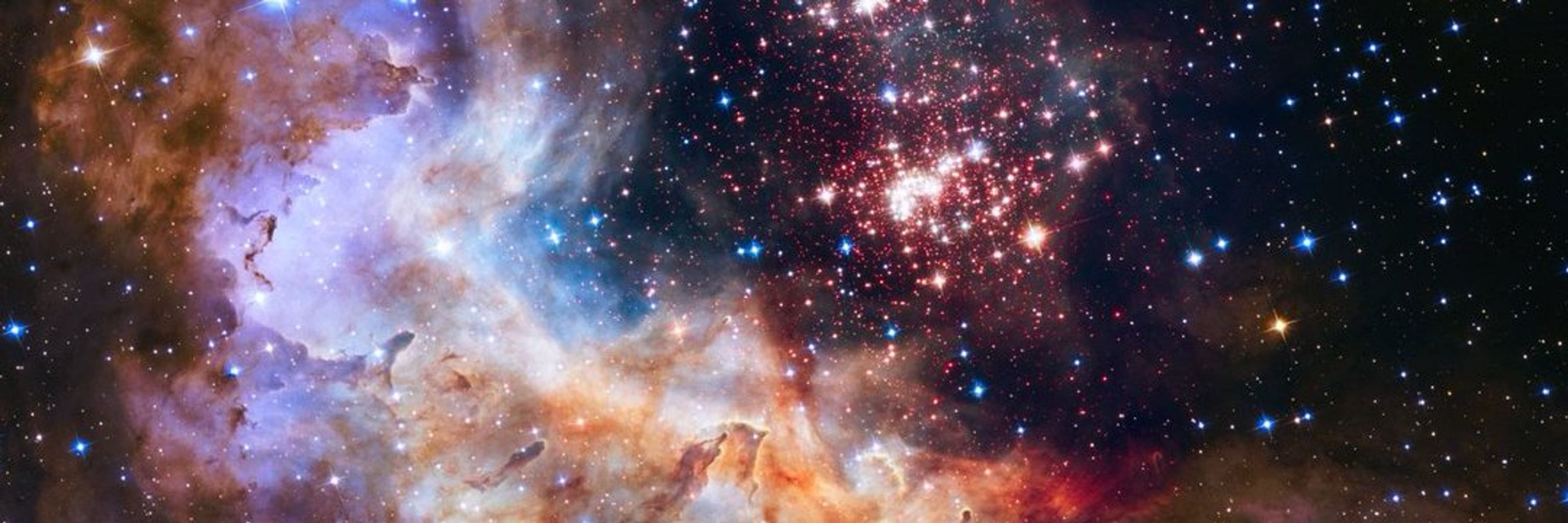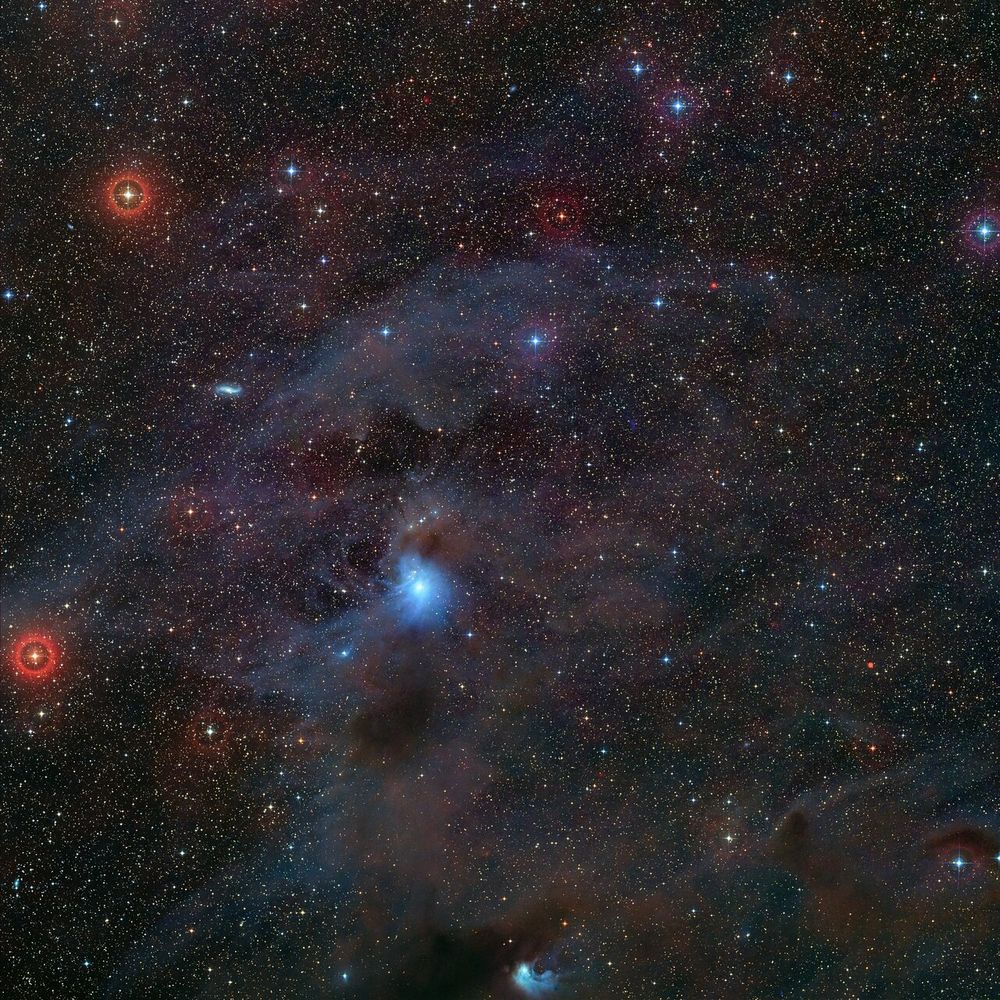Nereide
@drnereide.bsky.social
4.8K followers
62 following
2.9K posts
Physicist interested in Astrophysics and Particle Physics| Research in Math and Science Edu| Math and Science Writer| Teacher and Teacher Trainer| WomenInSTEM
My science blog: https://www.tutto-scienze.org/
More about me: https://x.com/settings/bio
Posts
Media
Videos
Starter Packs
Pinned
Reposted by Nereide
Reposted by Nereide



